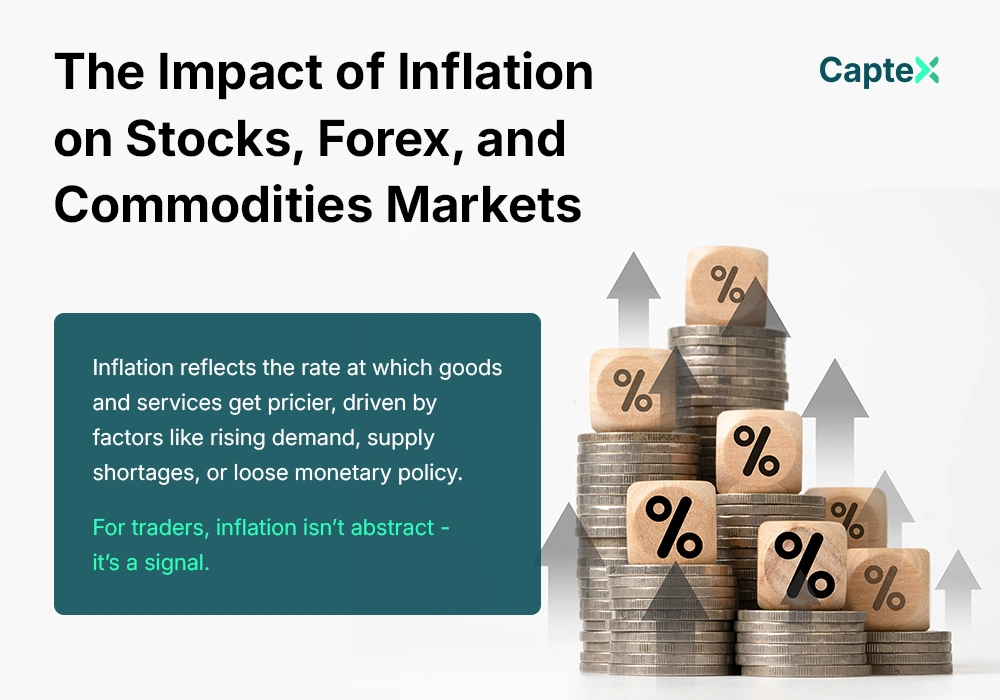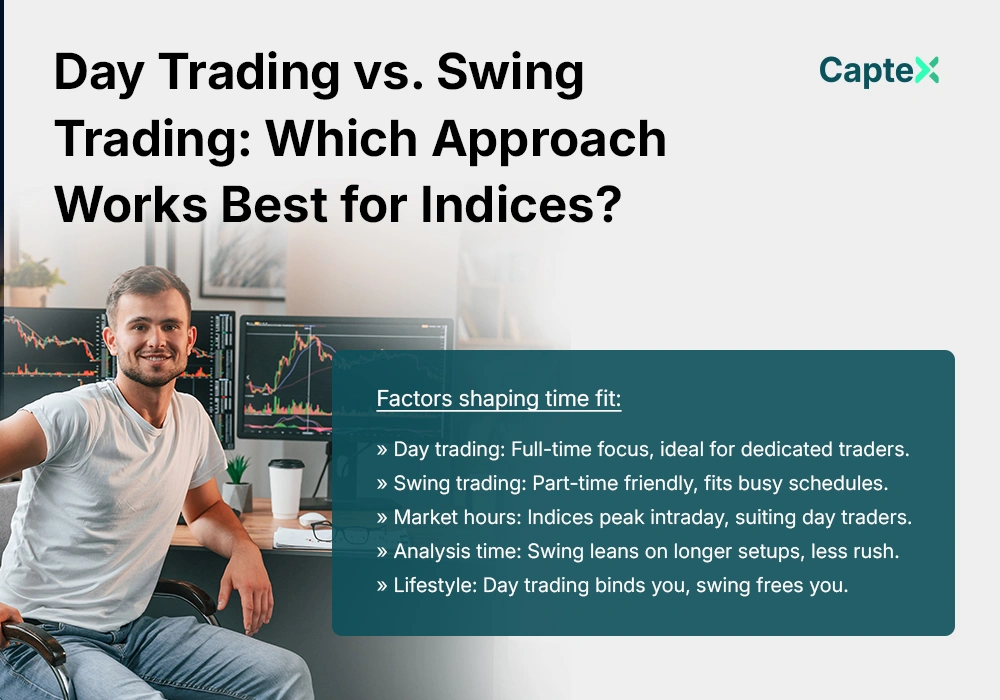Forex trading offers a dynamic arena where currencies shift value around the clock, driven by economic data, market sentiment, and global events. To navigate this fast-paced market, technical indicators are essential tools that help traders spot trends, time entries, and manage risks. While no single indicator guarantees success, combining the right ones can sharpen your edge. Here’s a deep dive into the best technical indicators for trading forex successfully, tailored for both novice and seasoned traders.

Moving Averages: Smoothing Out the Noise
Moving averages (MAs) are a staple in forex trading, simplifying price data to reveal the market’s direction. The Simple Moving Average (SMA) calculates an average price over a set period—say, 50 or 200 days—giving a clear trend line. When the price crosses above a long-term SMA, it often signals a bullish move; below it, a bearish one. The Exponential Moving Average (EMA), which weighs recent prices more heavily, reacts faster, making it ideal for short-term trades.
Traders often pair a short-term EMA (like 20-day) with a longer one (like 50-day). A crossover—where the shorter EMA crosses the longer one—can signal entry or exit points. For instance, in a trending market, buying on an upward crossover can catch momentum. Test different periods to match your trading style, but beware of choppy markets where MAs can lag or mislead.
Relative Strength Index: Gauging Momentum
The Relative Strength Index (RSI) measures price momentum on a scale of 0 to 100, helping traders spot overbought or oversold conditions. Typically, an RSI above 70 suggests a currency pair is overbought and may reverse, while below 30 indicates oversold territory with potential for a bounce. In forex, where volatility reigns, RSI shines by highlighting exhaustion points in trends.
Divergence is another RSI trick—when price hits a new high but RSI doesn’t, it might warn of a reversal. Use it on hourly or daily charts for swing trades, adjusting the default 14-period setting if needed. Pair RSI with trendlines to confirm signals, and avoid trading solely on overbought/oversold readings in strong trends, as momentum can persist longer than expected.
Bollinger Bands: Capturing Volatility
Bollinger Bands wrap price action with an upper and lower band around a moving average, expanding or contracting based on volatility. In forex, where currency pairs can swing wildly, these bands help identify breakout or reversal opportunities. When price hugs the upper band, it’s often overextended; near the lower band, undervalued. A squeeze—when bands tighten—hints at an imminent big move.
Trade breakouts by waiting for price to close outside a band with rising volume, or fade moves when price tags a band and reverses. For example, in a ranging market, selling at the upper band and buying at the lower can work well. Adjust the standard 20-period, 2-deviation settings to suit volatile pairs, and always use stops to guard against false signals.
Why Bollinger Bands work in forex:
- Highlight volatility shifts in real time.
- Pinpoint overextension for reversal trades.
- Signal breakouts after consolidation.
- Adapt to ranging or trending markets.
- Pair well with momentum indicators like RSI.
MACD: Tracking Trend Strength
The Moving Average Convergence Divergence (MACD) blends trend and momentum into one powerful indicator. It subtracts a 26-period EMA from a 12-period EMA to form the MACD line, with a 9-period signal line overlaid. When the MACD crosses above the signal line, it’s a bullish cue; below, bearish. The histogram, showing the gap between the two, measures momentum strength.
In forex, MACD excels at catching trend shifts. A zero-line crossover—where MACD moves from negative to positive—can signal a new uptrend. Watch for divergence too: if price rises but MACD falls, a reversal might loom. Use it on 4-hour or daily charts for clarity, and avoid overtrading minor crossovers in choppy conditions.

Fibonacci Retracement: Finding Key Levels
Fibonacci retracement levels—drawn from a swing high to low—pinpoint support and resistance zones where price might pause or reverse. Based on ratios like 38.2%, 50%, and 61.8%, these levels tap into natural market psychology. In forex, where pairs often retrace before resuming trends, Fibonacci helps traders buy dips or sell rallies with precision.
Draw the tool after a strong move, then watch how price reacts at each level. For instance, if a pair drops and bounces at 61.8%, it’s a potential long entry. Combine Fibonacci with candlestick patterns—like a doji at 50%—for confirmation. It’s less effective in sideways markets, so use it when trends are clear.
Fibonacci trading tips:
- Use on trending pairs for best results.
- Confirm levels with volume or other indicators.
- Target the 61.8% level for deeper retracements.
- Set stops just beyond key levels.
- Adjust for timeframes—shorter for scalping, longer for swings.
Stochastic Oscillator: Timing Entries in Ranges
The Stochastic Oscillator compares a currency pair’s closing price to its range over a period (usually 14), flagging overbought (above 80) or oversold (below 20) conditions. Unlike RSI, it’s more sensitive, making it a favorite for range-bound forex markets. A crossover of its %K and %D lines in these zones can signal trades—buying when lines cross upward below 20, selling when downward above 80.
In trending markets, skip overbought/oversold signals and focus on momentum shifts. For example, a bullish crossover in a mild uptrend can reinforce a buy. Tweak the settings (e.g., 5,3,3 for scalping) to match your pace, and pair it with support/resistance for tighter entries. It’s a scalper’s friend but needs discipline to avoid noise.
Combining Indicators for a Winning Edge
No indicator is foolproof alone—success comes from blending them. Start with a trend tool like moving averages to set direction, then add RSI or MACD for momentum confirmation. Use Bollinger Bands or Fibonacci to pinpoint entries, and Stochastic for fine-tuning in ranges. Keep it simple—two or three indicators max—to avoid analysis paralysis.
Backtest your combo on historical data to see how it holds up across pairs and timeframes. Adjust settings for volatile pairs versus stable ones, and always factor in spreads or news events that can skew signals. The goal isn’t perfection but consistency—refine your system until it fits your risk tolerance and goals.
Conclusion
Mastering forex trading means wielding technical indicators like a pro. Moving averages guide trends, RSI and MACD measure strength, Bollinger Bands catch volatility, Fibonacci nails levels, and Stochastic times entries. Each brings a unique lens to the market, and together, they build a robust strategy. Practice, test, and adapt—these tools don’t just predict price; they empower you to trade it. Stay disciplined, and let the charts lead you to success.





